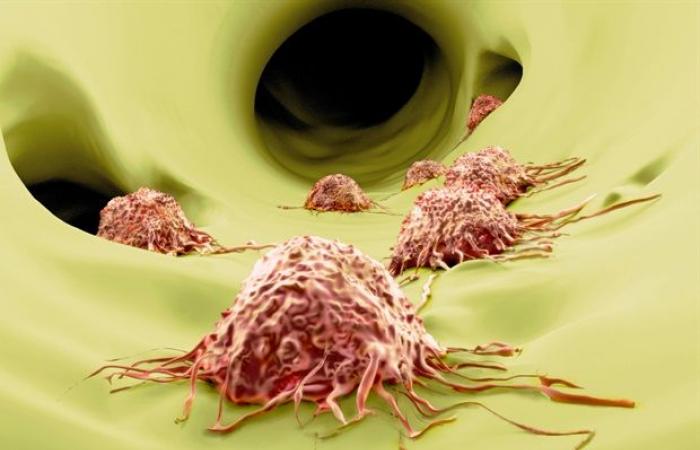A recent study published in Engineering threw new lighting on the mechanisms underlying the metastases of the epidermoid carcinoma of the head and neck (HNSCC). Research has identified Enolase 2 (ENO2), an enzyme crucial glycolytic, as a significant factor associated with lymphatic metastases in HNSCC.
HNSCC is aggressive cancer with a relatively low overall survival rate. The metastasis of cervical lymph nodes is a major cause of cancer death in HNSCC patients, and effective therapies for metastatic HNSCC are currently lacking. Consequently, understanding the molecular mechanisms of HNSCC metastases is of great importance.
The research team, thanks to the integration of tumor databases, public data sets and clinical relevance analysis, revealed that the high expression of ENO2 was positively correlated with the metastases of the lymph nodes (LN) in the HNSCC. The overexpression of ENO2 favored the migration and invasion of HNSCC in vitro and in vivo cells, and this effect was mediated by the epithelial-mesenchymal transition (EMT).
Other studies have revealed that HNSCC metastases mediated by ENO2 were associated with the polarization of M2 macrophages. ENO2 has regulated the polarization of M2 macrophages through its phosphoenolpyruvate metabolite (PEP). The PEP could increase the lactylation levels of the Histone H3 Lactylation (H3K18LA) by inhibiting the catalytic activity of the Désacetylase 1 (HDAC1). The increase in H3K18LA enrichment in the promoter region of M2 macrophages genes favored the polarization of M2 macrophages.
-In addition, polarized macrophages mediated by the PEP improved the EMT and the migration of HNSCC cells. The TGF-β cytokine released by polarized macrophages interacted with its TGFβR1 receptor on tumor cells, promoting EMT and migration, which can cause tumor metastases.
Above all, the pharmacological inhibition of ENO2 with Pomhex has effectively reversed the polarization of M2 macrophages and inhibited HNSCC lymphatic metastases in mouse models. This observation suggests that Pomhex could be a potential therapeutic approach to manage HNSCC metastases.
This study has elucidated the role of ENO2 in the modulation of the polarization of macrophages and contributing to HNSCC metastases. He also revealed the mechanism by which PEP derived from ENO2 regulates the modification of histones and the polarization of macrophages. These results provide new mechanistic information on HNSCC lymphatic metastases and offer potential therapeutic targets for metastatic HNSCC.
L’article « Cancer ENO2 induit la polarisation des macrophages M2 médiée par la la lactylation des histones et facility les métastases du carcinome épidermoïde de la tête et du cou, » Yuning Lin, Minxiang Cai, Lijuan Deng, Xinpeng Hu, Shenghui Qiu, Xianian, Yiming, Yiming Hu, Shenghui Zhang, Xiaomei Luo, Changzheng Shi, Minfeng Chen, Wencai Ye, Junqiu Zhang, Dongmei Zhang, Xiangning Liu.








